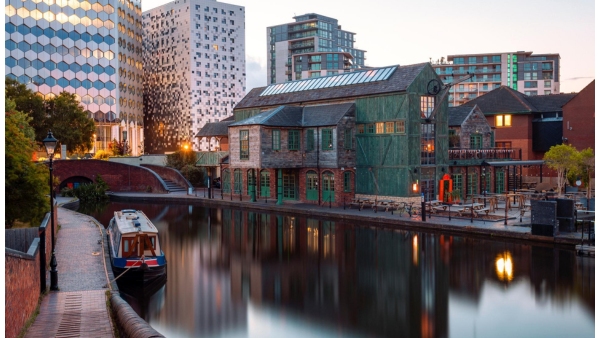In a first for me I was recently invited to be a panellist on an arts programme. It was an edition of Radio 4’s Front Row, broadcast yesterday, focussing on the tenth anniversary of Tate Modern.
In a first for me I was recently invited to be a panellist on an arts programme. It was an edition of Radio 4’s Front Row, broadcast yesterday, focussing on the tenth anniversary of Tate Modern.
One of the sections of my 21st century enlightenment speech (on which I am still working away with the invaluable assistance of my readers) is about the role of institutional innovation in fostering new ways of thinking. I want to draw a parallel between the need for new forms of organisation now and the period which American historians refer to as the Gilded Age. As Robert Putnam described in his highly influential book ‘Bowling Alone’ these years, around the turn of the 19th and 20th centuries, saw the emergence of a new generation of civic organisations:
‘It was, in short, a time very like our own, brimming with promise of technological advance and unparalleled prosperity, but nostalgic for a more integrated sense of connectedness. Then, as now, new modes of communication seemed to promise new forms of community, but thoughtful men and women wondered whether those new forms would be fool’s gold. Then, as now, optimism nurtured by recent economic advances battled pessimism grounded in the hard realities of seemingly intractable social ills….
‘ By the turn of the century, complacency bred of technological prowess was succeeded by dissatisfaction, civic inventiveness, and organised reform efforts fuelled by a blend of discontent and hopefulness. Over the succeeding decade this flourishing, multifaceted movement – sprouted from seeds sown in the Gilded Age and dependent on new tendrils of social connectedness – would produce the most powerful era of reform in American history…..
‘From the Red Cross to the NAACP, from the Knights of Columbus to Hadassah, from Boy Scouts to the Rotary club, from the PTA to the Sierra Club, from the Gideon Society to the Audubon Society, from the American Bar Association to the Farm Bureau Federation, from Big Brothers to the League of Women Voters, from the Teamsters Union to the Campfire Girls, it is hard to name a major mainline civic institution in American life today that was not invented in these few decades’.
I have written in the past about how I want a reinvented RSA to come to symbolise the kind of organisation the 21st century needs. So it was fascinating for me to explore why the Tate Modern and other powerfully successful institutions have flourished. In the programme I suggested certain characteristics:
• Authenticity and uniqueness
• Accessibility and populism
• Brand strength and stretch
• Corporate savvy
In relation to the first of these I compared the buzz of walking into the Turbine Hall with the first sight of the biomes at the Eden Project or the moment you enter the stadium at Old Trafford to see the famous pitch and the huge crowd. The RSA doesn’t have anything to compare (although I am trying to persuade the Trustees to be bold about the renovation of the Great Room).
I am interested to hear other reflections on the iconic civic institutions of the 21st century, what makes them special and what are their flaws?
Related articles
-
Open RSA knowledge standards
Alessandra Tombazzi Tom Kenyon
After investigating ‘knowledge commons’, we're introducing our open RSA standards and what they mean for our practice, products and processes.
-
RSA Catalyst Awards 2023: winners announced
Alexandra Brown
Learn about the 11 exciting innovation projects receiving RSA Catalyst funding in our 2023 awards.
-
Investment for inclusive and sustainable growth in cities
Anna Valero
Anna Valero highlights a decisive decade for addressing the UK’s longstanding productivity problems, large and persistent inequalities across and within regions, and delivering on net zero commitments.




Be the first to write a comment
Comments
Please login to post a comment or reply
Don't have an account? Click here to register.